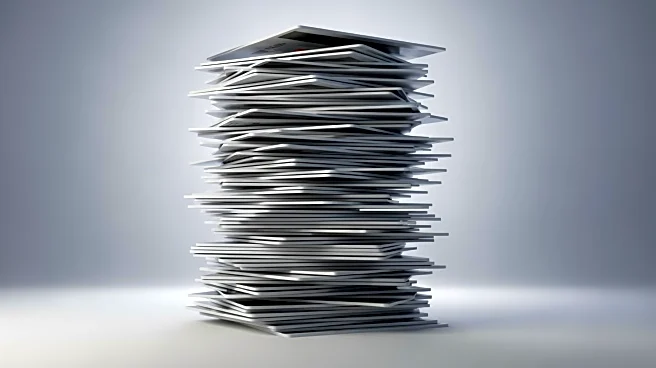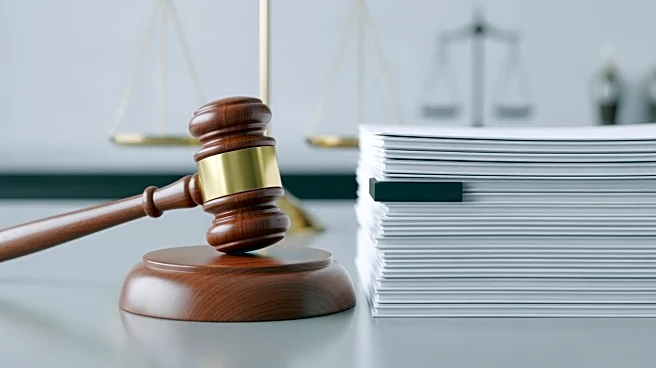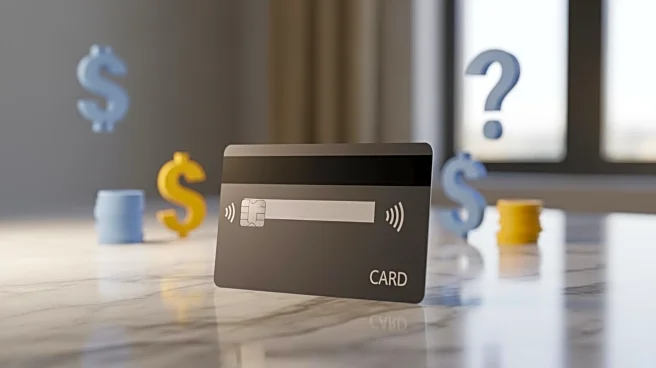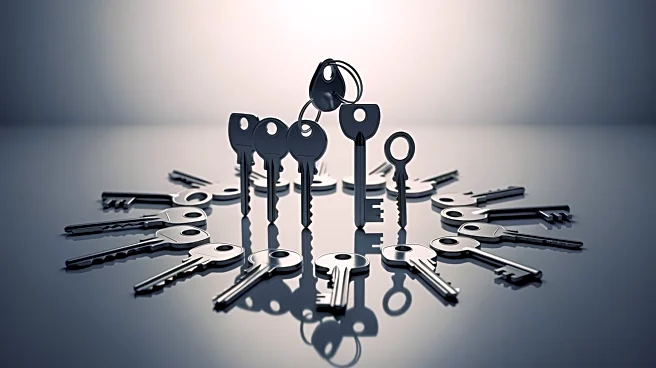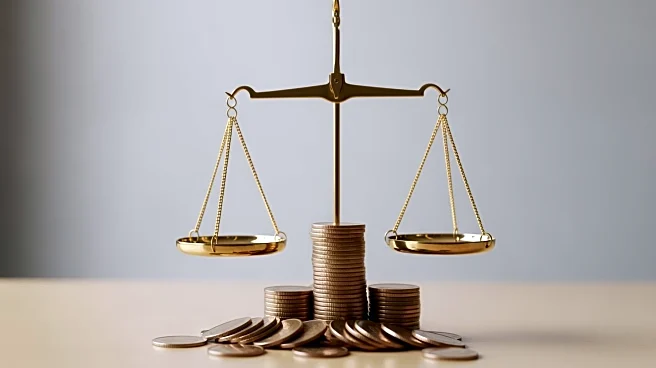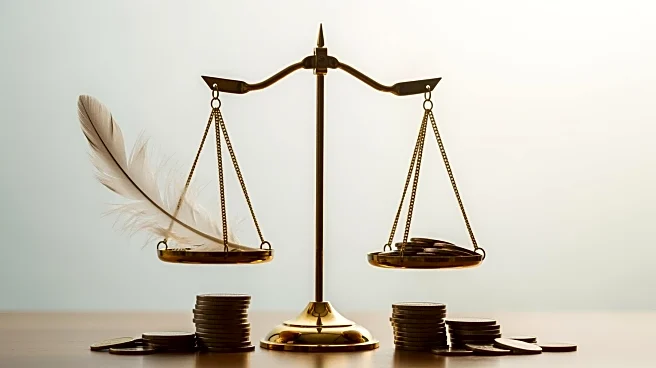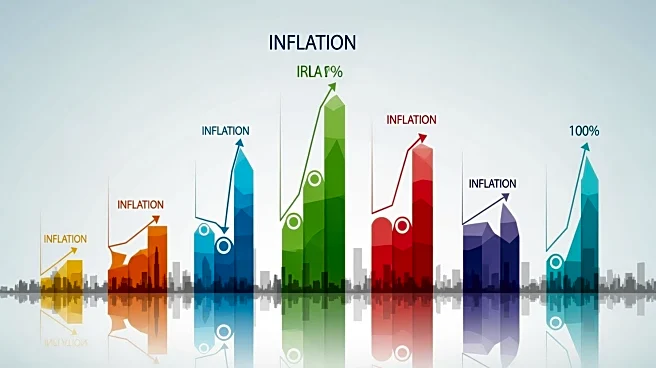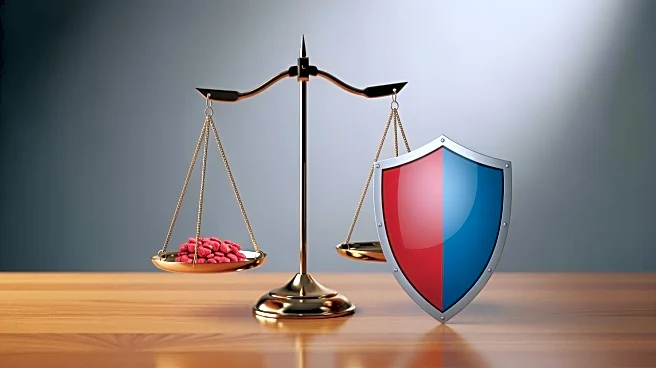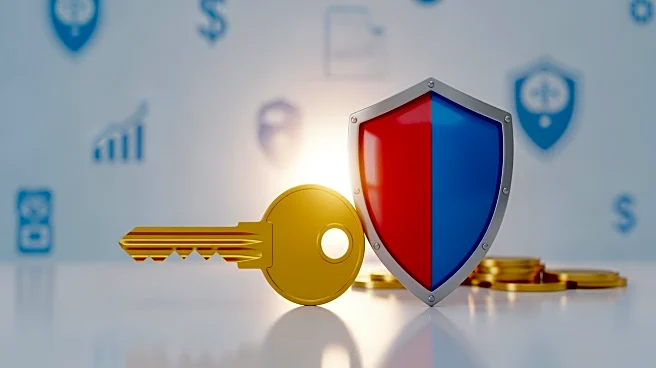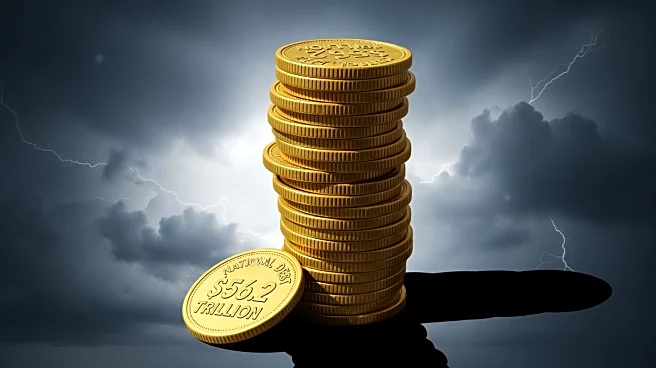What's Happening?
U.S. consumers are experiencing a significant credit crunch, with credit card debt reaching a record $1.21 trillion in the second quarter of 2025, according to the New York Fed. Nearly half of cardholders are carrying balances month-to-month, and the percentage
of those behind on minimum payments has increased to 12.3%. Debt relief companies are offering solutions by negotiating with creditors to accept less than the full amount owed, potentially reducing debts to as little as 50% of the original balance. However, these services come with fees ranging from 15% to 25% of the enrolled debt.
Why It's Important?
The rise in credit card debt and delinquencies poses a threat to the financial stability of many Americans, potentially impacting consumer spending and economic growth. Debt relief services offer a lifeline to those struggling with high-interest debts, but they also carry risks, such as significant impacts on credit scores and potential tax liabilities on forgiven debt. The situation underscores the need for financial literacy and responsible borrowing practices among consumers.
What's Next?
As more consumers seek debt relief, the industry may see increased regulation to protect consumers from predatory practices. Additionally, financial institutions might adjust their lending criteria or offer more flexible repayment options to mitigate the risk of defaults. Consumers are encouraged to explore alternative solutions, such as debt consolidation loans or balance transfer credit cards, to manage their debts more effectively.
Beyond the Headlines
The growing reliance on credit cards and Buy Now, Pay Later plans reflects broader economic challenges, including stagnant wages and rising living costs. This trend may lead to long-term shifts in consumer behavior, with more individuals prioritizing savings and financial planning. The situation also highlights the importance of policy interventions to address income inequality and support economic resilience.
